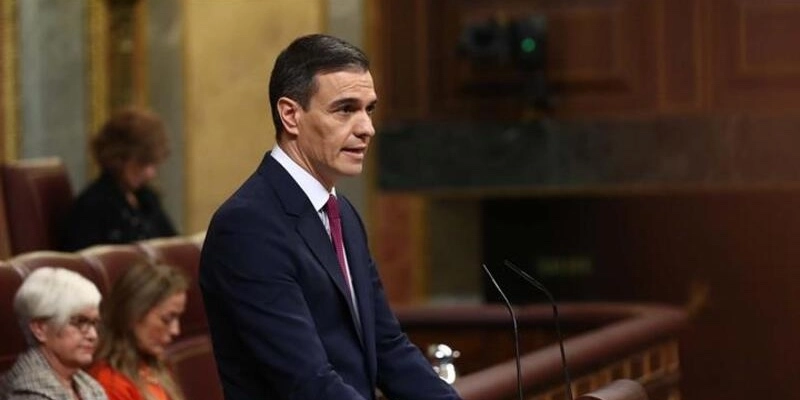The recent extension of the MOVES III Plan until December 2024 generated a debate in the electric mobility sector, especially for not including the changes that had been requested.
With an additional 200 million euros to the general budget, the plan aims to continue to encourage the purchase of electric vehicles.
However, criticisms about its effectiveness persist. What is the possible reason behind this?
“MOVES is more geared towards benefiting manufacturers than users,” a sector representative told Mobility Portal España.
He points out: “Automatically, some producers raise the price of the electric vehicle by at least 4,500 euros, which is the part that the State pays.”
This situation has already been observed in Germany, where car brands have drastically reduced the prices of their products following the elimination of the environmental bonus.
Only Volkswagen applied a significant reduction, offering discounts exceeding 7,000 euros.
“This suggests that prices were kept artificially high during the subsidy period,” Timo Kauffmann, DEKRA -certified consultant for electromobility, explains to Mobility Portal Europe.
Why maintain the current MOVES?
The programme’s management has been the subject of much criticism in recent years.
“Users face an odyssey in managing and collecting the subsidy. And, in the end, they have to declare it as extraordinary income , with the State recovering part of what it had given them,” said a source consulted by Mobility Portal España.
This is because, once the corresponding amount has been received, it must be included in the income tax return as a capital gain, together with salaries and other income in the general base of the Personal Income Tax.
In this context, the sector suggests complementing the aid with a fiscal shock plan that includes improvements in VAT, corporate tax and registration tax.
And at this point another challenge is mentioned.
One of the most common proposals is to advance the incentive to buyers or deduct it at the time of purchase.
This is because, as it is not direct aid and there is no certainty about its concession period, it only encourages those who can finance the transaction without needing support.
“Manufacturers, who already have very high profit margins, continue to receive support as long as their profits do not decline,” says one expert.
And he argues: “Under the pretext of being eco-resilient, sustainable, and promoting electric cars, what the big firms are really doing is milking the public coffers with subsidies, while they continue to get richer themselves.”

What is the solution for the sector? The application of a reduced or even 0 per cent VAT, as well as direct aid granted at the time of purchase.
“Enough of MOVES plans that make users suffer unnecessary paperwork and take between 12 and 24 months to receive aid,” says Xavier Castellsagué, Head of the Endolla Barcelona Unit, in a LinkedIn post.
In the same way, Ricard Puiggròs, specialist in electromobility, criticizes the extension of the program as an insufficient measure:
“The news of the extension is not 100 per centpositive, it is a kick in the pants. This is where the difference between being involved and committed is made.”

It also suggests that the government’s response was hasty and that the current MOVES is not meeting the sector’s expectations.
Puiggròs advocates a simplified and evolved plan that includes a greater amount of aid for lower-income groups and that automates administrative procedures.
In the meantime, the question remains: How to balance user incentives with the needs of manufacturers and ensure an effective transition towards more sustainable mobility?
“If things continue like this, I think that all the countries in Europe are going down the same path. A car that depends on subsidies to be successful is not really successful,” explains an expert consulted by the media.
What do manufacturers think?
The automotive sector is also not in agreement with the current Moves.
In an interview with Mobility Portal España, the General Manager of KIA Iberia, Eduardo Divar, commented that the difficulties in marketing electric vehicles are not linked to its strategy, but to the availability of aid to motivate car sales.
“In southern European countries we sell the least of our zero and low-emission models due to a number of shortcomings,” he admitted.
What are these shortcomings? Divar does not hesitate to attribute taxation and eMobility subsidies as the main challenge:
“The government wants us to sell electric cars, but it does not provide enough support to buy them. Let us remember that we are here because Brussels has decided that the world must be zero-emission by 2035.”
But to do so, he says it is necessary to “have a plan and a budget.”








